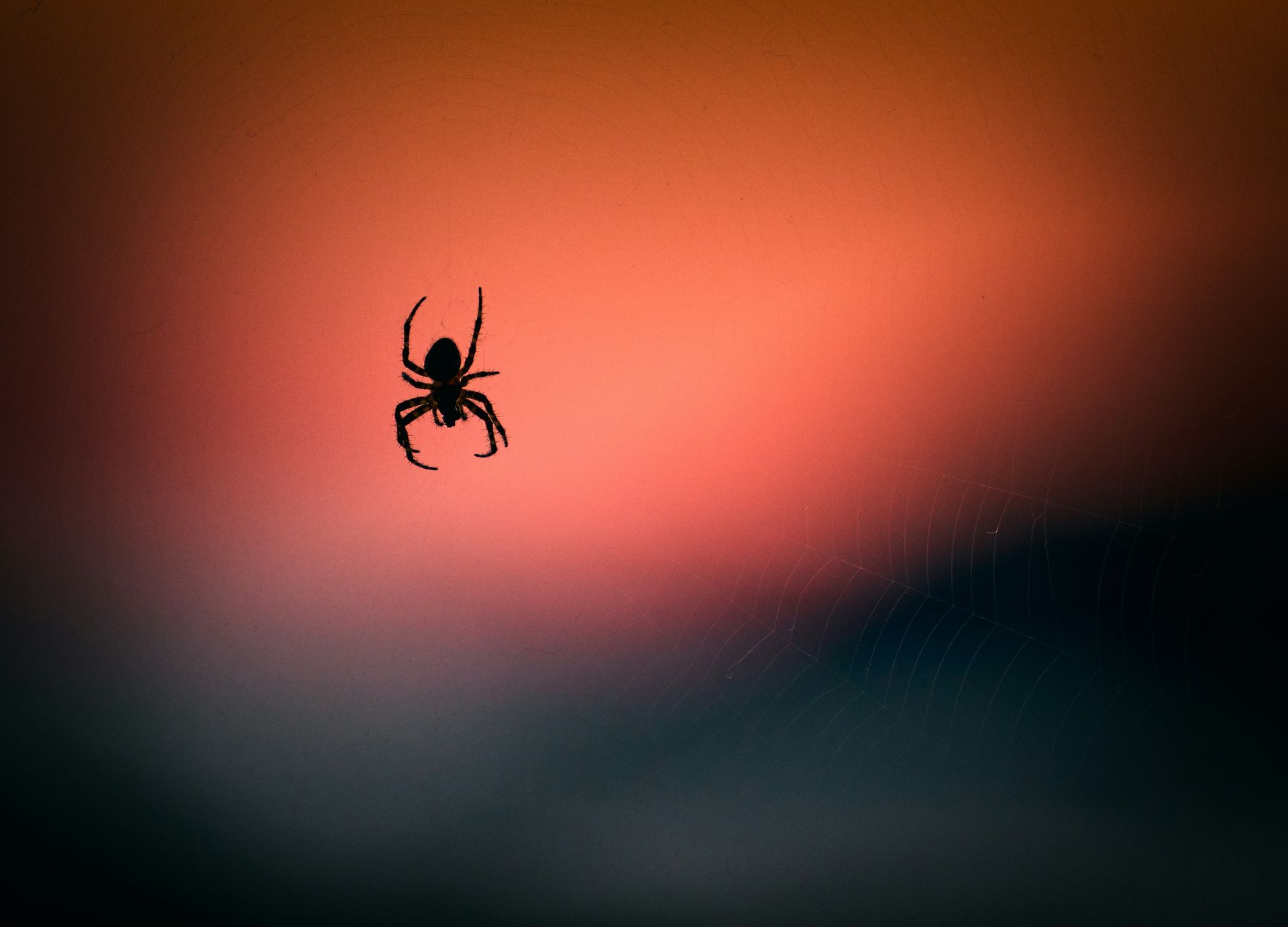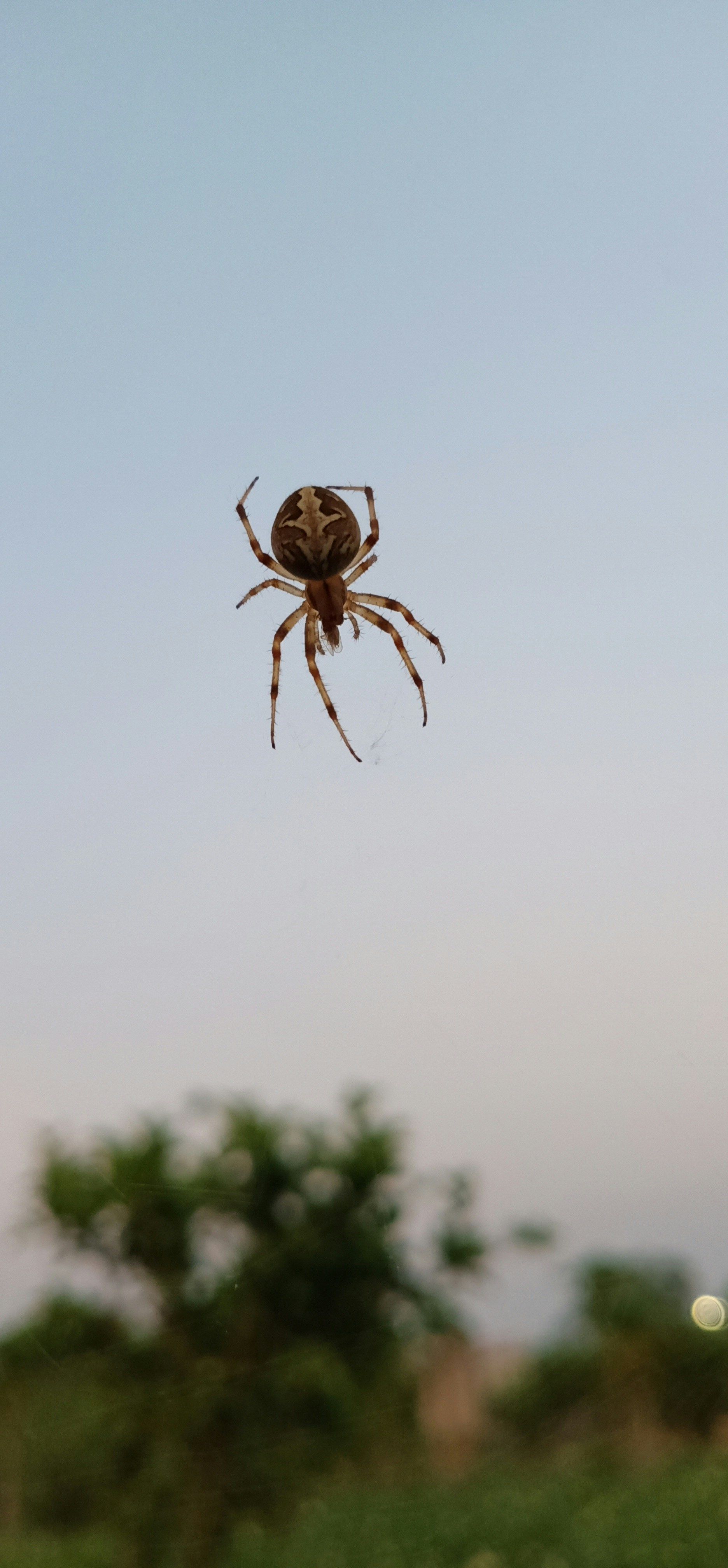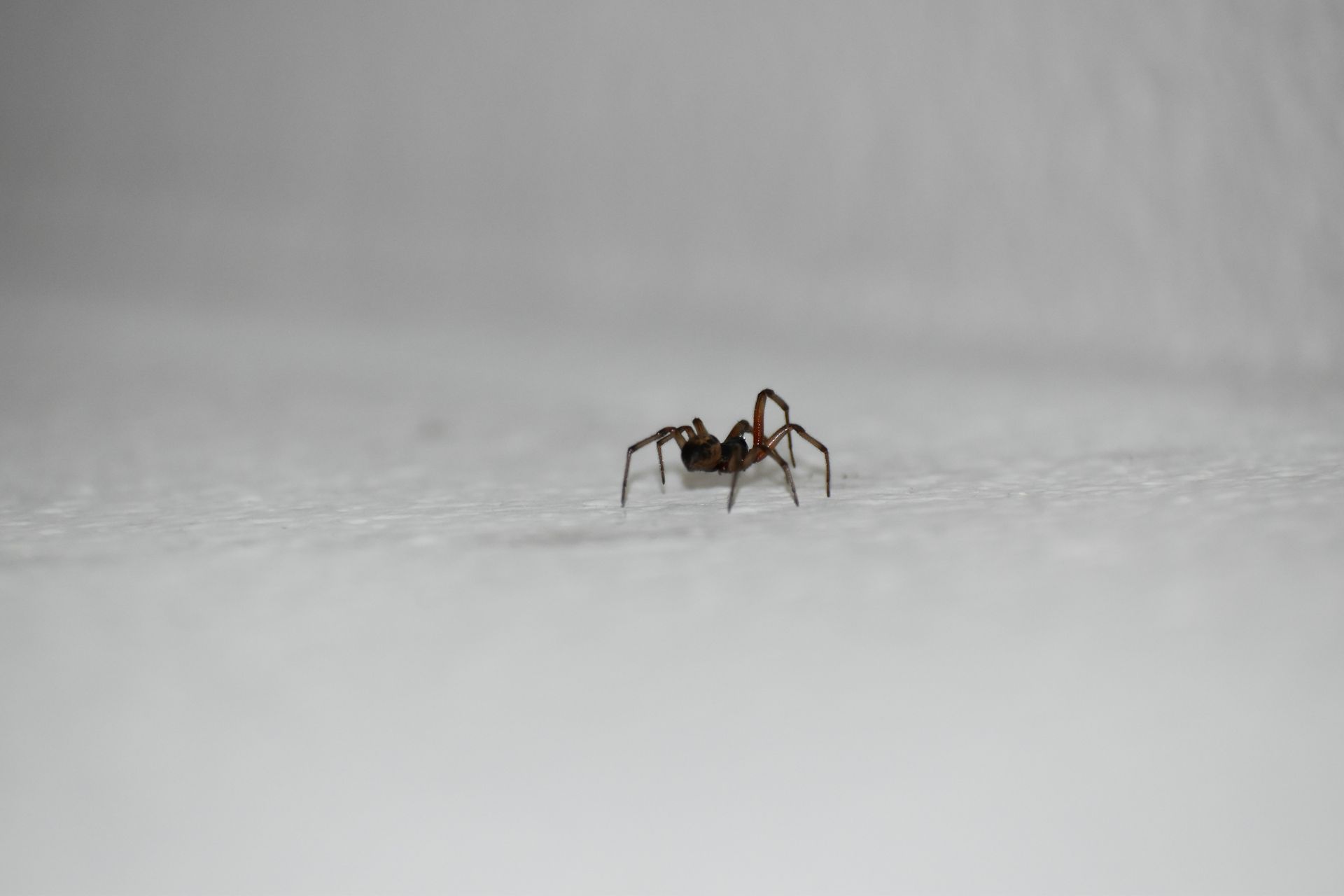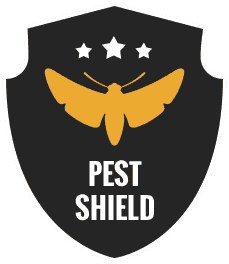Spiders Infestations: Identifying Signs and Effective Solutions
Many spiders evoke intense fear and anxiety, making effective control and extermination services crucial. Spiders are among the most feared pests, and finding the best pest control for spiders is essential to maintaining peace of mind. Beyond the psychological distress, spider infestations can lead to other issues. Some spiders, especially in large numbers, can be a sign of underlying pest problems since they feed on other insects.
Additionally, certain species can pose health risks with their bites, which may require medical attention. At
24/7 Local Plumbers, we understand the urgency and discomfort caused by spider infestations. Our expert spider control services are designed to effectively address these problems, ensuring your environment is safe and spider-free, restoring peace of mind with thorough extermination techniques.


Common Spiders in the Area
House Spiders
Description: House spiders are usually small to medium in size, with a typical grey or brown coloration and mottled patterns on their bodies.
Behavior: These spiders are known for spinning webs in corners of rooms, windows, and ceilings. They are mostly harmless and feed on other insects.
Threat Level: Low; they are not aggressive and bites are rare and non-toxic to humans.
Black Widow Spiders
Description: Easily identified by the distinctive red hourglass marking on the underside of their black bodies.
Behavior: Black widows are shy and prefer dark, undisturbed areas such as piles of rocks, wood, and cluttered parts of basements or garages.
Threat Level: High; they possess a potent venom that can cause significant health issues in humans, necessitating medical attention.
Brown Recluse Spiders
Description: These spiders have a uniform brown color and a characteristic dark, violin-shaped mark on their back.
Behavior: Brown recluses are extremely reclusive and often hide in dark, secluded areas of homes, such as closets, attics, and crawl spaces.
Threat Level: High; their venom can cause serious reactions and require medical treatment, although they bite only as a defense when disturbed.
Wolf Spiders
Description: Larger than many other species, wolf spiders are hairy and brown with a pattern that helps them blend into their environment.
Behavior: Wolf spiders do not spin webs but chase down their prey. They are commonly found on the ground in garden areas and under stones.
Threat Level: Low; they are generally non-aggressive towards humans and their bites are venomous but not medically significant.
Daddy Long Legs
Description: Known for their extremely long, thin legs and small body. They are usually pale in color.
Behavior: Contrary to popular belief, they are not true spiders but belong to a different order of arachnids. They are commonly found in damp locations and feed on decomposing plant and animal material.
Threat Level: None; they are harmless to humans and do not possess venom glands.
To maintain the results of the best pest control for spiders, follow these prevention tips
Our Services
Inspection
Effective spider control begins with a comprehensive inspection of your property. Our trained technicians conduct a thorough assessment to identify signs of spider activity and locate potential entry points and breeding sites. We focus on areas such as basements, attics, garages, and any dark corners where spiders are likely to hide. Our experts provide the best pest control for spiders using safe and effective methods.
CustomizedTreatment Plans
Based on the results of our initial inspection, we develop a treatment plan tailored specifically to the needs of your home or business and the particular types of spiders identified. Our treatment strategies may include:
- Sprays: Targeted chemical treatments are applied to areas where spiders frequent, which act to eliminate them on contact and deter new ones from entering.
- Traps: Non-invasive traps are strategically placed to capture spiders without the use of chemicals, ideal for sensitive areas such as homes with pets and children.
- Natural Deterrents: For those preferring eco-friendlier options, we use natural substances like peppermint oil, vinegar, or diatomaceous earth, which are effective at repelling spiders.
Prevention Tips
Maintaining a spider-free environment is crucial. We provide expert advice on how to prevent future infestations, including:
- Sealing Cracks and Crevices: Encourage property owners to seal any gaps in doors, windows, and foundations where spiders could enter.
- Managing Vegetation: Keep bushes, trees, and shrubs trimmed and away from the building structure to reduce the chances of spiders migrating indoors.
- Reducing Indoor Clutter: Advice reducing clutter in storage areas like basements and attics, as these can provide ideal hiding spots for spiders.
Looking for effective spider extermination? Our top-rated spider control services are designed to tackle infestations with precision and care. From eliminating dangerous species like black widows and brown recluses to providing eco-friendly prevention solutions, we ensure a safe, spider-free environment. Trust our expert team to deliver reliable and efficient spider pest control tailored to your needs.
In addition to the best pest control for spiders, we also offer
ant extermination services for comprehensive pest management.


Why Choose Us for the Best Pest Control for Spiders?
At 24/7 Local Plumbers, we pride ourselves on delivering the best pest control services for spiders. Here’s what sets us apart:
- Customer Satisfaction: Our clients consistently rate us highly for our effective, reliable, and professional spider extermination services. Your peace of mind is our top priority.
- Advanced Techniques: We use cutting-edge methods, including targeted sprays, non-invasive traps, and natural deterrents, to ensure maximum effectiveness against spider infestations.
- Eco-Friendly Solutions: For environmentally conscious customers, we offer natural, non-toxic treatments that are safe for your family, pets, and the environment.
- Years of Experience: With extensive experience in pest control, we have the knowledge and expertise to tackle even the toughest spider infestations.
- Customized Plans: Every property is unique, which is why we tailor our treatment plans to your specific needs, ensuring long-term results.
Trust us to keep your home or business safe, comfortable, and spider-free. Contact us today for the best pest control for spiders!

